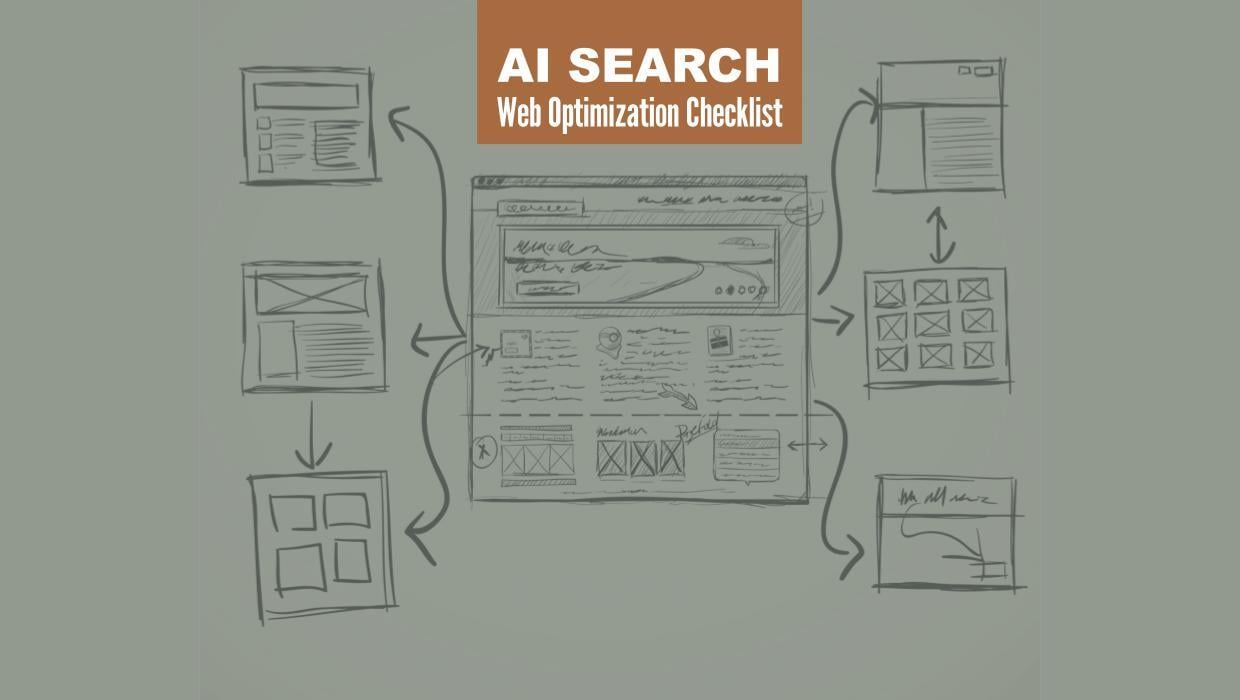How to Distribute Corrections for a Press Release
Written by

Press releases are an important tactic to get important news about your company expedited out across many different outlets. However, given the quick turn around of such news, appropriate proofing and approval can either be overlooked or rushed. Information or grammar errors can appear after you already hit the submit button, and when they do, it's your responsibility to make the necessary corrections and ensure that the news and image of your company are accurate and professional. When it comes to correcting to press releases, many questions emerge: Who do I go to? Will it cost more? Is there any buffer time?
Well, today we have your answers. Having previously worked at the largest platform in the digital PR industry, Cision, I've seen time and time again how corrections are a difficult (but necessary) part of PR management. Whether you submitted through a syndicate, like Cision's PRNewswire, or directly to a media outlet—your local newspaper or magazine—here are the key answers to your questions on press release corrections.
Distributing Press Release Over a Syndicate
Q: Once the press release has been submitted to the syndicate, how do I submit corrections?
A: Depending on the post date and time that your press release is scheduled to go out over the wire, you can submit changes to the customer service team at the syndicate. If you submitted through a third party service, make sure to go direct to the syndicate and not the third party provider for assistance. Typically you will also get a confirmation call to review the press release with an editor so they have verbal confirmation of the submission. If you catch it quickly enough, you could let them know at that time. Many syndicates have 24 hour customer service teams, but you can find out more specific hours of operation on their website.
If the release has hit the web you would need to reissue your changes by submitting a “Correction Notice Press Release” or simply resubmitting a new press release with the correct text. Bear in mind there will be an additional charge, probably equal to that of issuing the original release. The additional charge varies by service provider.
Q: What format should I send my corrections if the press release has been distributed?
A: The best practice is to resubmit the full release to the syndicate service as it is distributed and picked up by a large number of outlets.
Q: Does an editor review the release prior to posting?
A: Yes, so this often catches most grammatical errors. In most cases they will call you to go over any edits and get verbal confirmation on the distribution. If you have a fact based error, contact the customer service team of the syndicate. If it is prior to the post date, they can help you submit the changes, but if the release has been distributed, you will need to submit a corrections press release at an additional cost.
Q: If I already have the report of which publications picked up my release, should I contact them individually?
A: To be most timely and ensure the information gets to all outlets, it is best to submit the additional corrections press release.
Emailing Press Release Direct to Publication
Q: If I catch the correction prior to the post date, who should I go to?
A: Contact the editor promptly via email. If you don't hear back within the day, try reaching the editor by phone. Most publications provide direct contact information on their website. If that is not available, you could try looking up the masthead as well. It's always best to go directly to a contact rather than submitting to a general editorial department inbox so you can reach a live voice.
Q: What should be included in the email containing the press release corrections?
A: Make sure to make a standout subject line such as “URGENT PRESS RELEASE CHANGE FOR (Date)”. Include a clean, accurate copy of the press release along with a brief explanation of the post date, section ect. to help them locate the older version. Make sure to offer profuse apologies when contacting the editor and profuse thanks when the editor makes the change.
Q: Is there buffer time if the publication has a print version?
A: Typically once a release is submitted, there is around one week before the article will go to press. If it has already been printed, you can request a correction in the next issue. Make sure to check the online version, as the shelf life of an online appearance is quite long, you can then make corrections there.
Q: Upon checking the online version, I noticed an error. How do I get this corrected?
A: Email the editor, same as before. These can often be quickly corrected. If the error is the fault of the publication and is large enough, they may even offer to run a retraction on the next issue.
Additional Considerations & Advice
There are often different levels of correction severity in a press releases, but it is always important to keep your internal team informed. If the release has been published and there is wait time before corrections are implemented, especially if the information is consequential, then prepare your sales force and anyone else who might be fielding inquires about that error. Though it might be embarrassing to admit to your coworkers, no need to perpetuate the mistake. This will help for effective and comprehensive communications to be made on all counts.
On a more preventative note, there are times when something is so hot and neat or crucial that your company gets anxious to fling it out to the publications ASAP. We advise extreme caution in these cases to avoid large quantities of inaccuracies or back peddling. Concentrate on delivering the most accurate information and plan ahead as much as possible. Many companies treat PR as an afterthought, so it is important to have plans in place to encourage checkpoints before rash decisions are made. Though these errors can be corrected, you should focus more efforts on preventative measures to maintain both your own and your companies reputation and professional integrity.
Let’s face it. We’re all human and we all make mistakes. When it comes to press releases, you are looking at amplifying the effect of an error based on the number of publications that pick it up. When they do happen, play your role as professional, perform what ever is necessary to minimize the impact and move on from there.

Subscribe To Our Blog
Information. Insights. Ideas. Get notified every time a new Weidert Group blog article is published – subscribe now!
You May Also Like...

Search Engine Optimization
Optimize Your Industrial Website for AI Search

Marketing Technology
Why Unified Data Efforts Fail (and How Manufacturers Can Fix It)

Search Engine Optimization
How Falcon Rebuilt Industrial AI Search Visibility in 2025
Accelerate Your Growth with
Weidert Group
If you’re ready to explore a partnership, request a personalized consultation with our team.
